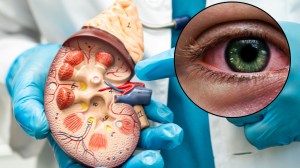Tracing your ancestors with DNA
Three major DNA tests are useful in genealogy. By comparing your results with growing databases of other tested people...

Three major DNA tests are useful in genealogy. By comparing your results with growing databases of other tested people, all three may be used to determine at least roughly, the geographic origins of your ancestors. Beyond that, each test has its particular strengths.
MITOCHONDRIL DNA
LIMITS
Can give data only about the maternal line (Mother’s mother, etc), which is of limited use in traditional genealogy.
HOW IT WORKS
Mitochondrial DNA is passed down,essentially unchanged, from a mother to all her children. By comparing your MtDNA with that of a possible relative, you can determine if you had a comman ancestor on the maternal line.
Y-CHROMOSOME DNA
LIMITS
Can give data only about the paternal line (father’s father, etc); test may be taken only by males
HOW IT WORKS
The Y chromosome is passed down, with certain regular variations, from father to son. Like MtDNA, one can determine whether two individuals had a common ancestor, in this cases on the paternal line.
AUTOSOMAL DNA
LIMITS
Used primarily in paternity testing, this test can establish relationships with certainty over only one generation.
HOW IT WORKS
Autosomal DNA refers to that found in the 22 chromosomes that do not determine gender. By comparing repeats in the sequence of this DNA in two individuals, it can be determined how closely related they are. This test is also used to give a rough breakdown of ethnic heritage, e.g., African, European, Asian, etc.



- 01
- 02
- 03
- 04
- 05




























